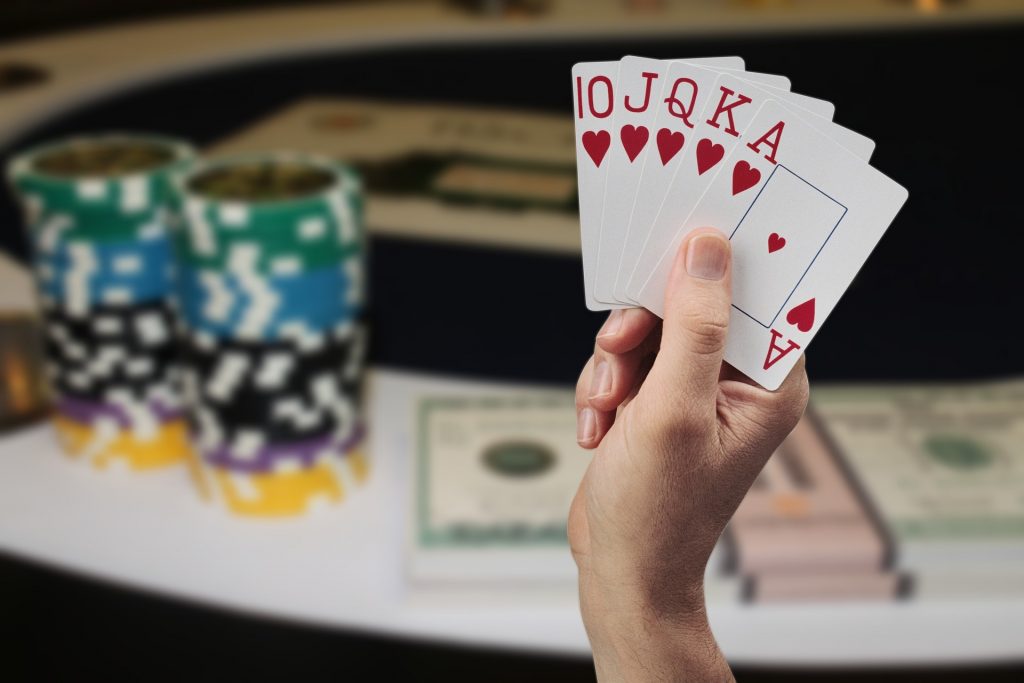
Bad beat jackpots have very specific rules
If you have been around live poker for any amount of time, you are probably well aware of bad beat jackpot promotions. Though bad beat jackpot tables usually cost a little extra to play at because of the additional drop used to fund the jackpot, players tend to enjoy them because they can make the games more action-packed and, of course, there is the chance of a massive score. The poker rooms like them because they attract players. Last Thursday, a rather unfortunate event took place at the San Antonio Poker Palace, though, when two players hit what looked like a $100,000 bad beat jackpot, only to have the poker room declare that the rules had been broken and the jackpot would not be awarded. Let’s take a look at what happened and you can judge for yourself.
According to the poker room’s rules, a hand qualifies for the bad beat jackpot if it is an Aces over Kings full house or better and loses. Both the winning and losing players must use both of their hole cards (quads must use a pocket pair), at least four players must be dealt into the hand, and the pot needs to be at least $20.
Players cannot discuss their hands during the action, can’t reveal their hands before all action is completed, and obviously can’t collude. The loser of the hand wins half the jackpot, the winner gets 25%, and the rest of the players seated at bad beat jackpot tables split the rest.
Just a technicality?
In the case of Thursday’s hand, a player with a straight flush beat a player with quads, but the poker room said that the player with the straight flush exposed his cards before the player with quads completed his action.
According to a social media post by the San Antonio Poker Palace: “1. Hand was exposed before all action was complete. 2. Player with the losing hand did not say call verbally or with motion. 3. Player saw he had a losing hand after he was shown the exposed cards and then pushes his chips in.”
Poker player Cedrric Trevino posted video of the hand on Twitter and the poker room’s explanation appears to be correct. But what many are arguing is that to them, it appears that the quads player may have been starting to move his remaining chips into the pot and then stopped as his opponent flipped over his cards, possibly just as a reaction to the straight flush player’s motion. He then completed the call. Additionally, he barely had any money left in his stack, so some believe he was putting his last chip(s) in regardless of what his opponent did. The pot was large and he was pot committed.
Basically, those who feel the poker room should pay the jackpot believe that the loser of the hand was about to deliver his last chips to the pot when his opponent revealed the straight flush and then just continued his call. The poker room, they say, should give him the benefit of the doubt.
Of course, the poker room is also correct in that the winner revealed his hand before all action was complete, which violated the rules of the bad beat jackpot. Those who side with the poker room say that rules are rules and you can’t just make exceptions based on what you “think” was or would have happened. Slippery slope and all.
So what do you think? Should the poker room have just gone ahead and awarded the jackpot, assuming that the quads player was about to put the rest of his chips in, or is disqualifying that hand based on the letter of the law the best course of action?























